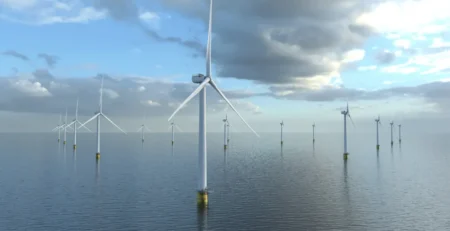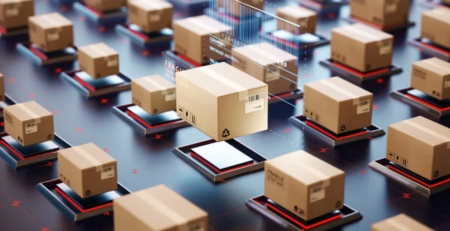Germany’s Logistics Sector Faces a Harder 2026

For months, German freight operators had been hoping that 2025 would bring stability after years of turbulence. That optimism is starting to fade. With rates falling again and expenses staying high, many logistics executives are preparing for what they quietly call “a difficult 2026.”
The warning comes from several corners of the industry, but it was spelled out clearly in a new report released this morning by Germany’s leading logistics association. The message: margins are tightening, and without serious productivity gains, the sector could face another rough year.
At a warehouse hub outside Hamburg, a transport manager summed it up in one sentence: “We’re still busy, but we’re not making any money.” Freight rates have slipped for most routes, particularly on short-haul European lanes. Shippers are renegotiating contracts downward, while fuel, insurance, and labor costs continue to climb.
Drivers, whose shortages remain acute, are demanding higher pay to offset inflation. Insurance companies, hit by a string of costly weather events, have raised premiums yet again. And financing fleets has become a headache—interest rates may no longer be climbing, but they are still high enough to make every new truck an expensive decision.
Cutting Costs Without Cutting Service
Faced with this squeeze, companies are focusing on efficiency. The industry group is encouraging operators to consolidate networks, share capacity, and automate wherever possible. Some firms are merging regional branches to reduce overhead. Others are experimenting with warehouse robotics or AI-based route planning to save fuel and labor hours.
There’s no illusion of a quick fix. The shift is more about survival than growth. “Everyone is trying to stay cash-positive,” said one managing director based in North Rhine-Westphalia. “Expansion can wait.”
Searching for Balance
Despite the gloomy numbers, few expect a full-blown crisis. Trade flows are stable, and Germany’s position as Europe’s logistics hub remains intact. The problem, insiders say, is profitability. Volumes may hold up, but the margins are paper-thin, and smaller hauliers are already feeling the strain.
Analysts expect 2026 to be a year of correction. If inflation keeps easing, operating costs should follow, but the real challenge will be adapting business models fast enough. “The next year isn’t about growth,” said a senior logistics consultant. “It’s about learning how to do the same work with less waste and more discipline.”
Germany’s logistics industry has weathered bigger storms before. What’s different now is the cost base—it’s heavier, more permanent, and less forgiving. Whether through automation, collaboration, or sheer persistence, operators will need to find new ways to stay afloat in a market that’s growing only in complexity.
The post Germany’s Logistics Sector Faces a Harder 2026 appeared first on The Logistic News.
Share this post
Related
Posts
Offshore Wind U-Turn Leaves U.S. Shipyards and Ports in the Lurch
Until a few months ago, shipyards along the U.S. coastline were humming with optimism. Welders were busy shaping hulls for...
Germany’s Logistics Sector Faces a Harder 2026
For months, German freight operators had been hoping that 2025 would bring stability after years of turbulence. That optimism is...
Parcel Giants Feel the Pressure as New Tech Rivals Gain Ground
Every peak season tells a story, and this year’s one feels different. The familiar trio of global parcel leaders —...
CargoWise – Australia: The Unified Platform Powering Global Logistics
By Hakim Joaquim Sebbah, Senior Business Development Executive, CargoWise Australia The Backbone of a Connected Global Supply Chain In today’s world, logistics...





